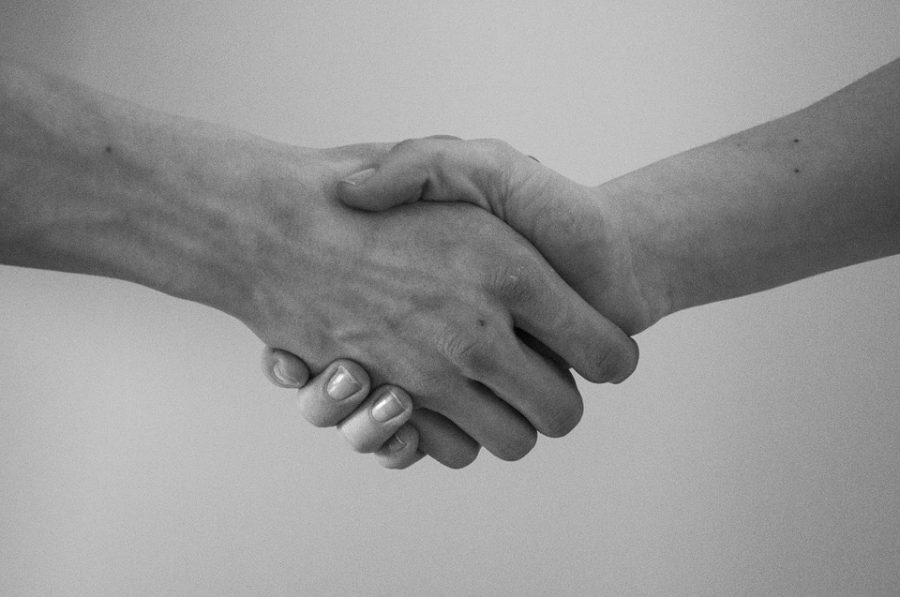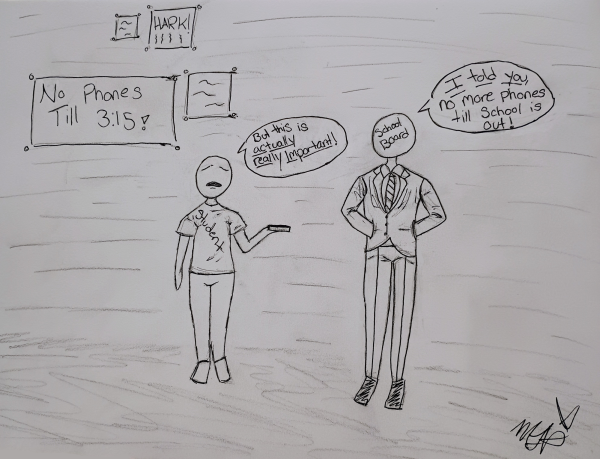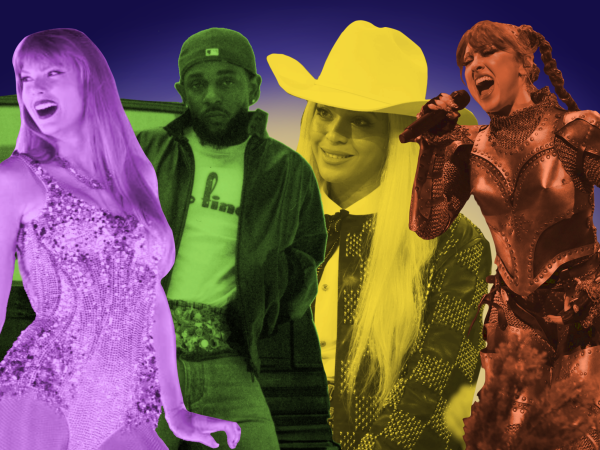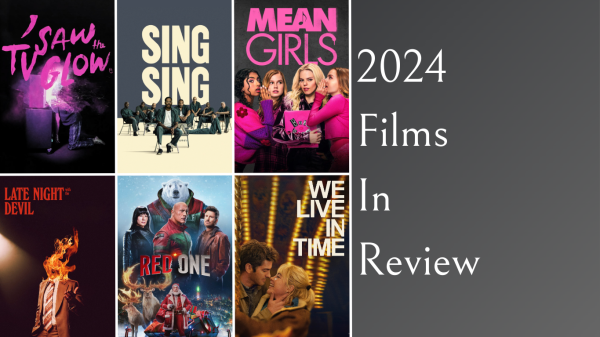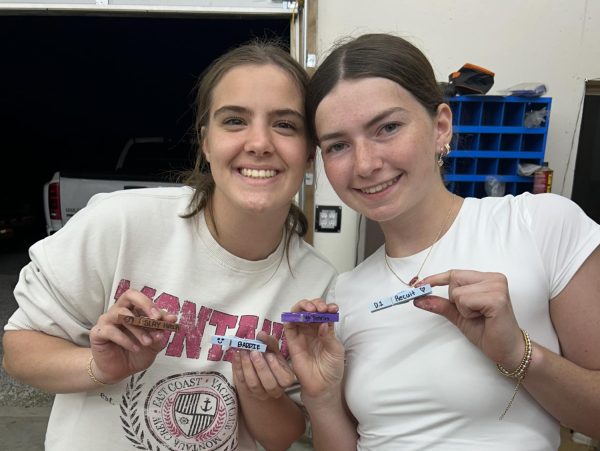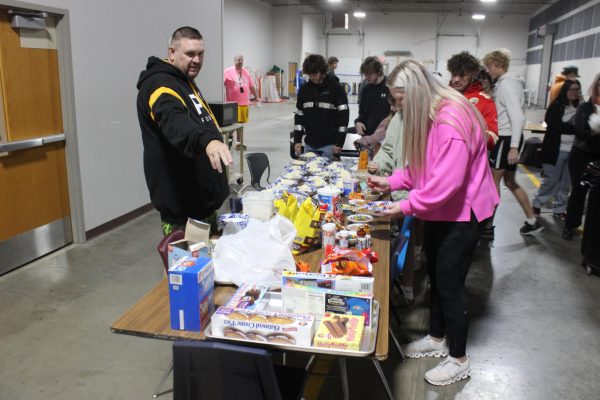To Hurt or to Help? – OPINION
Know what you can do to stand up for others.
According to stopbullying.gov, the definition of bullying is “any unwanted aggressive behavior; observed or perceived power imbalance; and repetition of behaviors or high likelihood of repetition.” There are many different modes and types of bullying, including direct and indirect.
Direct bullying occurs when a person directly says something to the victim(s), while indirect is when a person spreads rumors about someone else. These two forms of bullying also include four different types: physical, verbal, relational, and damage to property.
Shay Mitchell, a main actress in Pretty Little Liars, said, “I realized that bullying never has to do with you. It’s the bully who’s insecure.” As confusing as it sounds, sometimes people who bully are the ones who are hurting. Is it because they want others to feel the way they’re feeling? As stated on Project Inspired, a bully may be desperately unhappy because anyone truly happy would never have the desire to hurt others. A bully envies people who have it better than them and may want to make others feel the same as they do. They may also be seeking attention. A bully might not be getting enough attention at home or school. But bullying is not an excuse to hurt others.
Instead, seeking help from a therapist, close friend, family member or teacher would be the best opportunity to help yourself without hurting others.
Not only is the typical type of bullying a major problem within the walls of our schools, but on the internet as well by our phones, apps within our phones, and computers.
Technology impacts bullying. One issue that comes with cyberbullying is the problem of determining if it is really bullying or if the person is just trying to joke around. Now depending on what you’re joking about, the person on the receiving end may not take it as a joke.
If you type a message and you’re about to send it, you may want to look over what you wrote before you do. According to psychologytoday.com, if the joking is repetitive it could cross the line into bullying. In other words, this is cyberbullying. As stated by the American Academy of Pediatrics, cyberbullying is the “most common online risk for all teens and is a peer-to-peer risk.” Be careful what you type and post, and always think about what you say before you press send.
Elie Wiesel, a human rights activist and Nobel Peace Prize-winning author of more than 50 books, once said, “What hurts the victim most is not the cruelty of the oppressor, but the silence of the bystander.” You may have heard of the term bystander, which is a person who sees bullying but doesn’t say anything to help; they just watch.
There are actually two different kinds of bystanders: hurtful and helpful. As stated on eyesonbullying.org, the hurtful bystanders may instigate the bullying, encourage the bullying to happen, or actively join in. However, passively accepting bullying by watching it and doing nothing to help is also hurtful.
On the other hand, a helpful bystander directly intervenes by discouraging the bullying, defending the victim, and telling others to go get help. They can also assist by rallying support from peers to stand up against bullying or by reporting the bullying to an adult.
By being present when someone is bullied–whether you want to be there or not–you are already “involved.” So don’t fool yourself. What you say or don’t say will have an impact: either encourage the bully or support the victim. What do you want your impact to be? All it takes is one person, known as the “Power of One,” to make a difference.
When a person is being bullied he or she is typically alone. Even just a single person standing up means that is no longer the case. Once a victim realizes they aren’t alone anymore they already feel more confident. Within ten seconds of a someone standing up, the bullying could be stopped.
Actor Michael J. Fox said, “One’s dignity may be assaulted, vandalized and cruelly mocked, but it can never be taken away unless it is surrendered.” If the victim lets the bully put them down and show they are being affected, it is going to continue. That’s what they want: to see you hurting and in pain because they are making someone feel what they are feeling. Simple responses or even ignoring the situation could help.
Dr. Philip Zimbardo, a psychologist and professor at Stanford University, says that in a bullying situation people typically expect someone else to do something. “Everyone just assumes someone else will do it, we call this a diffusion of responsibility,” he said. This means people in larger communities or groups most likely won’t stand up for someone because they may want and hope for someone else to do it. According to psychologists, the more people in an emergency situation the less will be likely to help.
Juniors Hannah Maley and Erchina Mark both believe that students don’t have a certain responsibility to stand up for others, but if you are brave enough you should take a stand and say something. The responsibility comes when you think it is right. You can step in and say something. Again, the power of one is something important.
Overall, the question of whether or not bystanders are responsible for standing up against bullies is one that only you can answer. However, in my opinion it would be no. Bystanders have a choice of whether or not to stand up for others, not a responsibility. It all comes down to your decision. Your judgment.
“Show respect even to people who don’t deserve it; not as a reflection of their character, but as a reflection of yours.” – Dave Willis (actor, writer and producer)

Junior Abbey Bishop is an editor on the AHS journalism team. During her time as an editor, the story she is most proud of is, “the one about the six...

